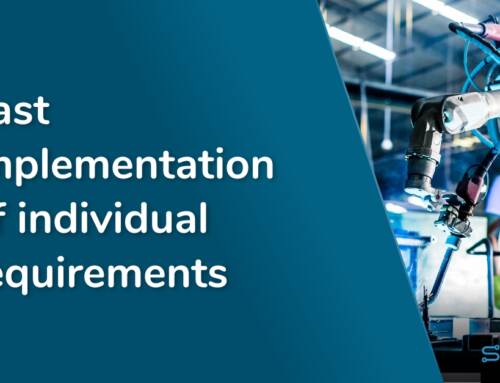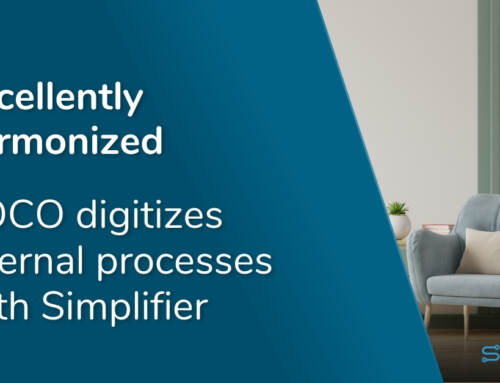What does it mean… SQL?
SQL is the acronym for Structured Query Language. It’s a database language for defining data structures in relational databases. SQL commands allow you to add, modify or delete data. And this relatively easy.
SQL is based on relational algebra, which means that its syntax is quite simple. It’s standardized and supported by most database systems. However, there are different “SQL dialects”, which makes a hundred percent compatibility impossible.
SQL interfaces allow access to stored data. The associated SQL queries are already done with little effort.
SQL commands
There are three SQL commands:
- DDL commands (Data Definition Language)
- DML commands (Data Manipulation Language)
- DCL Commands (Data Control Language)
With DDL commands we are able to create data structures and related elements (CREATE), change (ALTER) or remove (DROP).
DML commands are intended for inserting (INSERT), changing (UPDATE) or deleting (DELETE) data or also for read access (SELECT) to the database.
With DCL commands we can assign read and write permissions (GRANT) or revoke them (REVOKE).
So far about SQL.
… but what exactly is a SQL connector?
As described in our last article: it’s all about interfaces. So a SQL connector is nothing more than an interface to access a SQL database with a third party software. This enables the data to be accessed or rewritten using a SQL query. The SQL query can be stored or prepared. It can contain pre-configured parameters that are transferred to the application.
How to use the SQL connector in the Simplifier?
The SQL connector is also one of the interfaces that have already been defined in the Simplifier. Creating the SQL connector is similar to the CSV connector from our last article.
First, the connector shell is created with all general data.
Then the connector calls are defined.
Finally, the connector is integrated into the app with the activity Data Object from the Process Designer.
You can see the exact instructions in our video:





